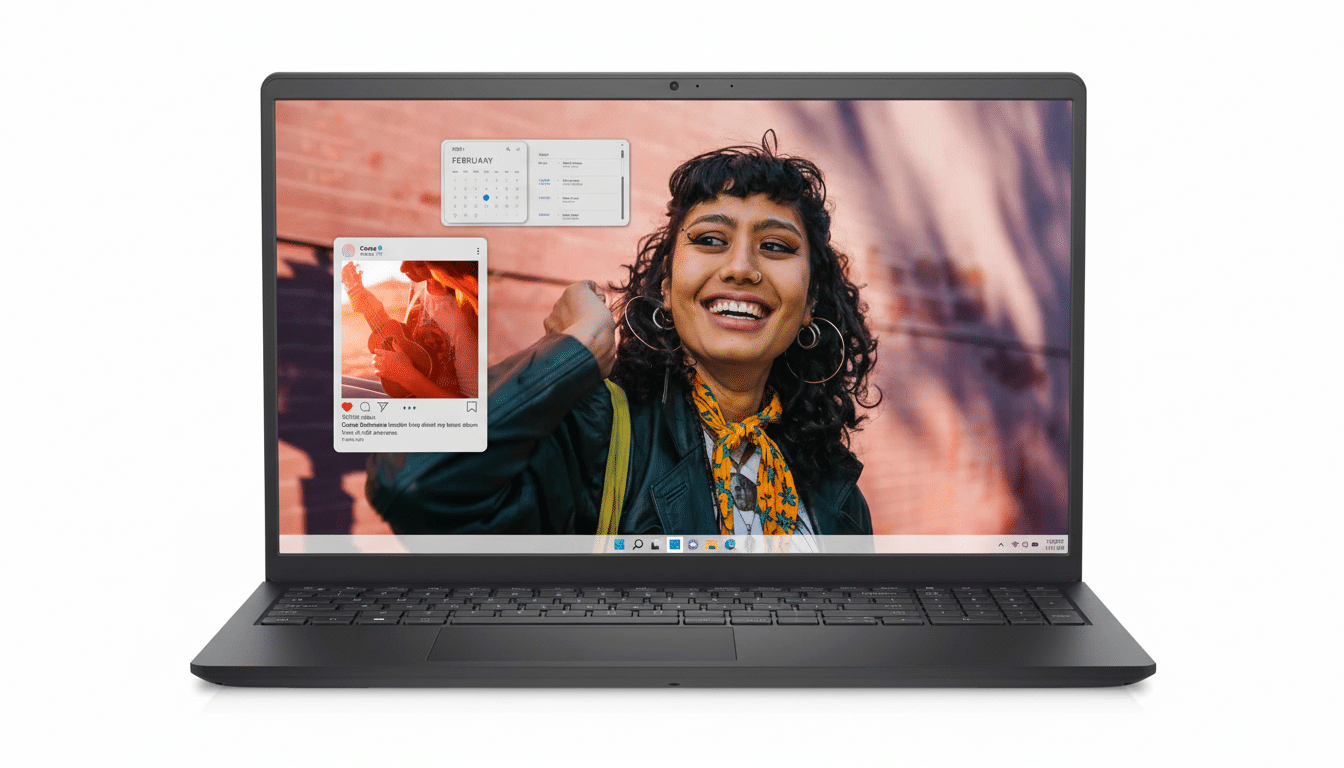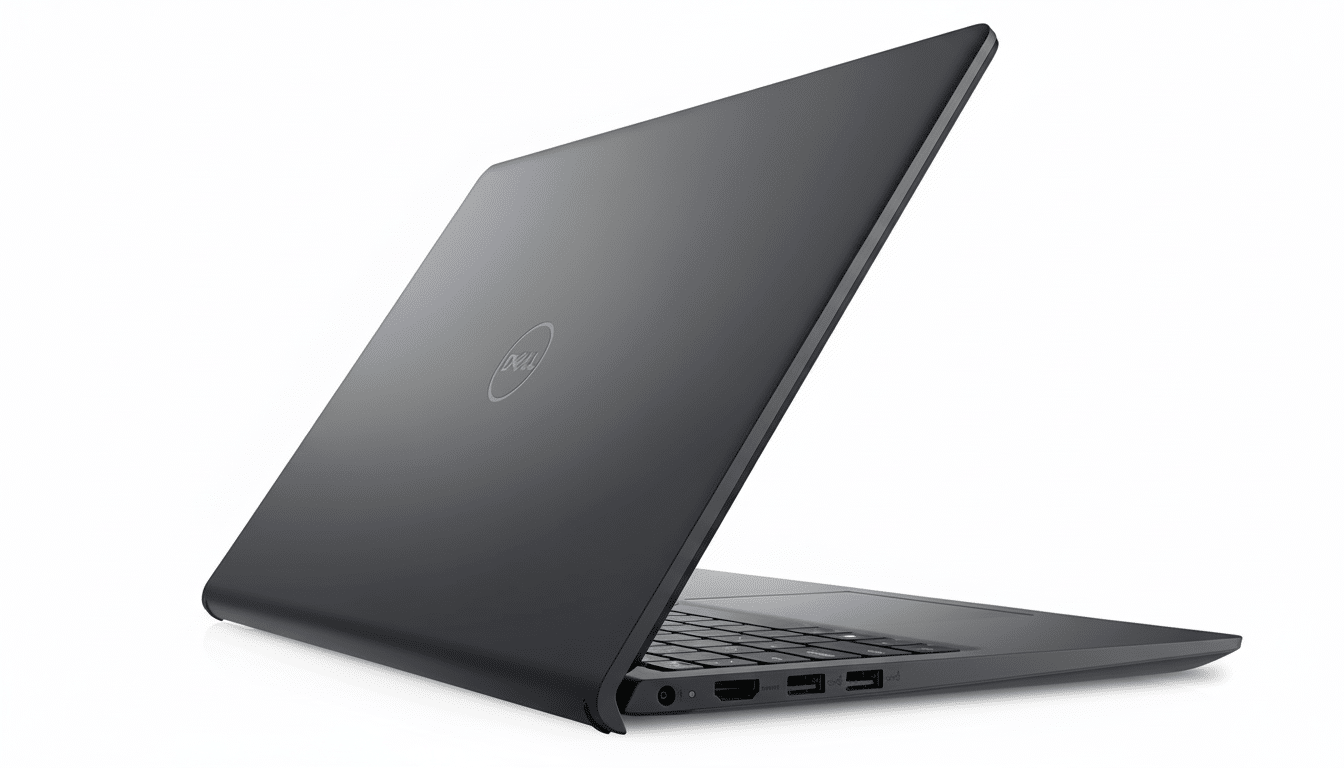If you require a no-frills laptop for school that won’t break the bank, Dell’s Inspiron 3530 is available for just $299, and while we’re not sold on the build quality or screen quality in all usage cases, it’s perhaps the one big bargain that benefits your life as much as your budget.
It’s there for the day-to-day student grind — notes, web research, video calls and productivity apps — but with more storage and ports than most of these stripped-down options.

Why this $299 laptop will work for class
But the configuration is real-world, not hype-driven: an Intel Core i3 processor, 8GB of RAM and a 512GB solid-state drive are offered. That combo is precisely how you get a student machine that feels responsive under real-world pressure — let’s say 15 to 20 browser tabs open, one assignment document littered with citations and a Zoom session in the background.
At this price, many Windows laptops come with 4GB of memory and puny eMMC storage that will slow down in a hurry. Bumping to 8GB will help eliminate slowdowns while multitasking, and a real 512GB SSD will allow you to keep all your lecture recordings, big slide decks or project files on the system instead of constantly offloading them to the cloud.
Our ideal for a desktop OS among college students is still this: the laptop is also, if not the only, academic device for many, and the requirements model has pretty much become stable. The web apps experience should be smooth; all kinds of office suites, PDF annotation and collaboration use cases go into the mix.
This Inspiron spec meets that bar and still has some overhead for the average course load.
Design and port selection for everyday college life
The 15.6-inch display strikes a practical middle ground: It’s big enough for easy split-screen research and spreadsheets, yet not so girthy that it can’t slip into a backpack. A standard-size keyboard with a number pad, however softly clompy-feeling, is an underappreciated advantage for anyone who lives in Excel and stats software or does a lot of lab data entry.
Connectivity is surprisingly bountiful for a value-priced machine. You have HDMI to plug into classroom projectors, two USB-A ports for peripherals, a USB-C port for newer accessories, an SD card reader for fast media transfers and a headphone jack. One catch: the USB-C port is for data/video, not charging. You’ll use the included barrel-style charger — slightly less convenient, but part of how this model keeps prices low.
Performance expectations and what not to do
This system is designed to excel in the basics, as for coursework: Google Workspace and Microsoft 365, citation managers, learning management systems and video conferencing software such as Zoom, Teams and Meet. The integrated graphics are capable of handling lighter creative work — basic photo edits, straightforward video trims, and web-based design tools — without a major complaint.

Where you’ll want to manage expectations a bit is with heavy gaming, massive video production or 3D rendering. These workflows benefit from dedicated graphics and additional RAM. If your school major is all about CAD, game engines or 4K video timelines, upgrade to a higher-tier configuration. For all others, trying to keep dozens of tabs and a few productivity apps open is the more real-world day-to-day test — and this Inspiron passes muster there.
How this budget Inspiron 3530 compares on value
Isolated among comparably priced Windows machines, the Inspiron 3530’s 512GB SSD stands out. Sub-$300 laptops often skimp on storage, either halving it to 128GB or using pokier eMMC drives that can make loading data and updates painfully slow. Here, the extra capacity is what’s buying you longevity — you’re less likely to hit “disk full” halfway through the semester.
Against Chromebooks, Windows brings a more comprehensive range of compatibility with specialized campus software — stats packages such as SPSS or Stata, proctoring tools and STEM apps. That is why many university IT departments specifically recommend Windows or macOS. Chromebooks are great for lighter, cloud-first curriculums still, but spending the same amount on a Windows machine like this is more versatile if your schedule covers different disciplines.
Both IDC and NPD, industry trackers, have observed that average selling prices for mainstream laptops are comfortably above the rock-bottom segment. That means a configuration with a modern SSD and 8GB of memory for $299 is not as common as the weekly ad would make it seem — and why this deal transcends generic “cheap laptop” descriptors.
Battery life expectations and essential support basics
Anticipate a mixed-use school day with moderate brightness, Wi-Fi on some of the time, notes taken several times and some common streaming. Never-ending video calls or intense multitasking will narrow that window, but fast top-ups between classes make it manageable.
On the software side, see if your school is offering licenses for Microsoft 365 or Adobe Creative Cloud: Quite a few are, and it adds some serious value to the equation. Families devote a significant portion of their back-to-school budget to software and accessories, according to the Consumer Technology Association; campus licensing effectively extends those dollars.
Bottom line: who should buy the $299 Dell Inspiron 3530
If your main concern is a reliable class-sidekick that boots up quickly, can handle the apps professors use and won’t bottleneck under the load of one semester’s worth of files, then it’s hard to argue with Dell’s $299 Inspiron 3530 model.
It gives you just enough of what you need — a contemporary processor, 8GB of memory, plenty of solid-state storage and useful ports — without making it necessary to dip into your tuition money for books, lab fees or the occasional coffee.

